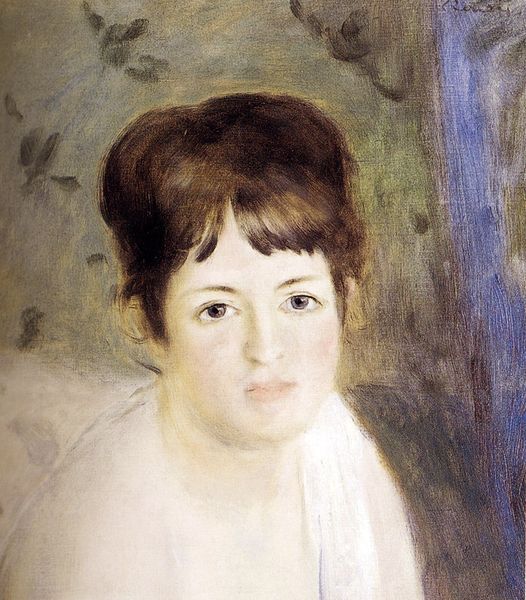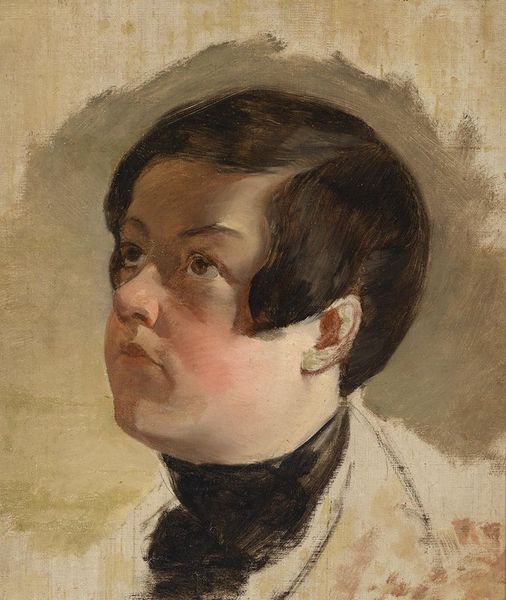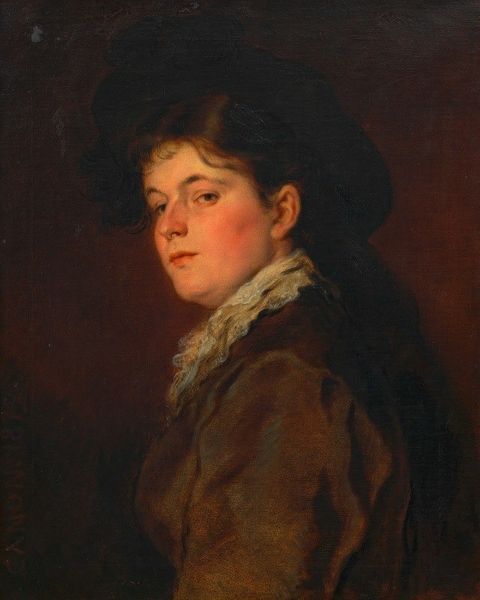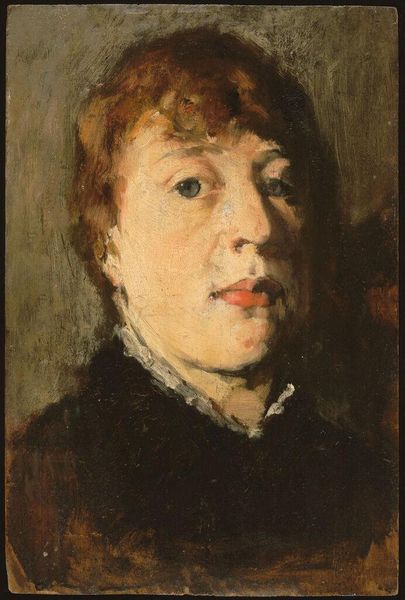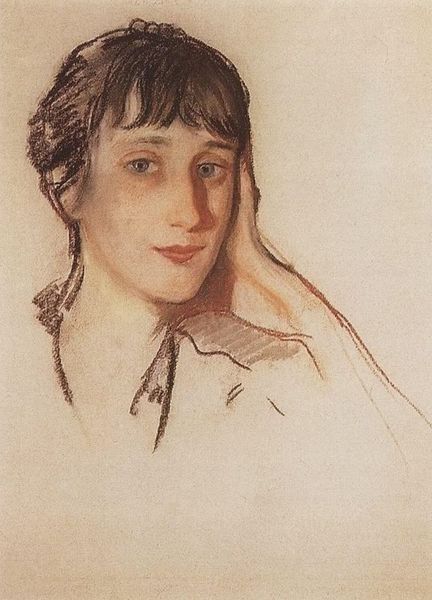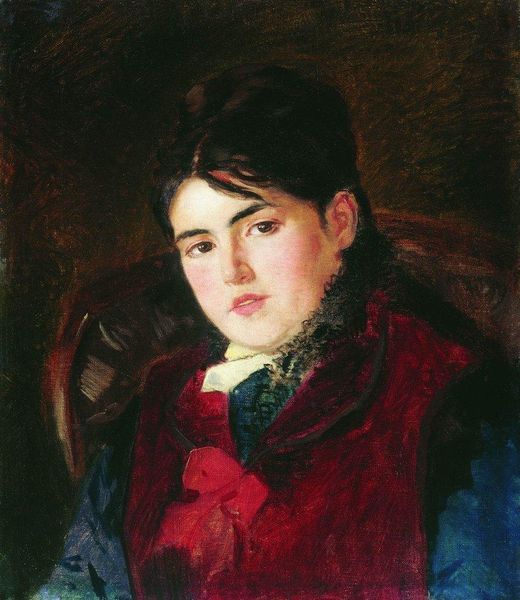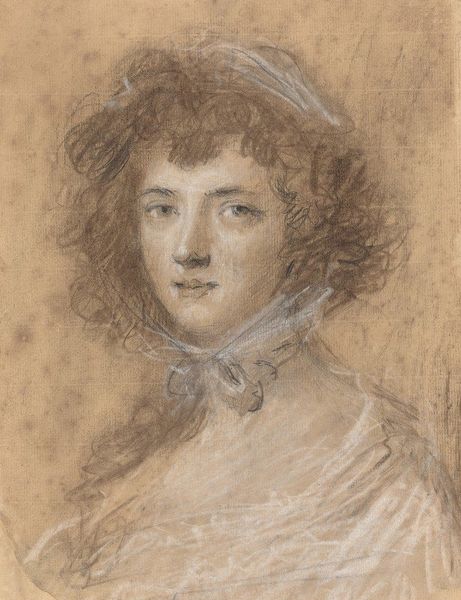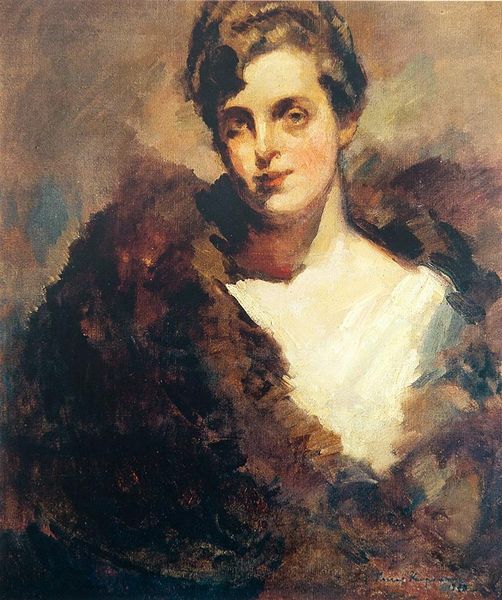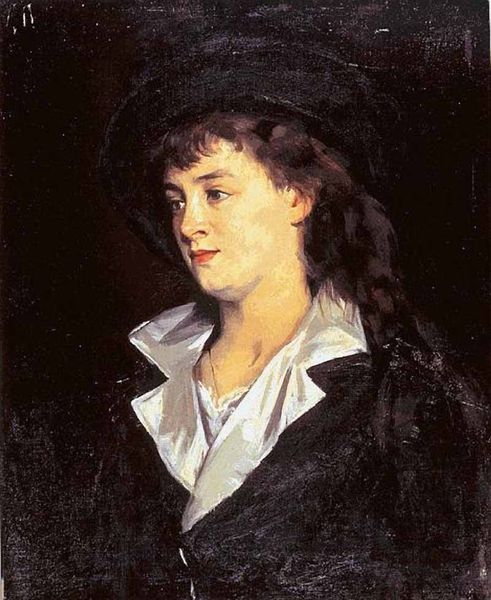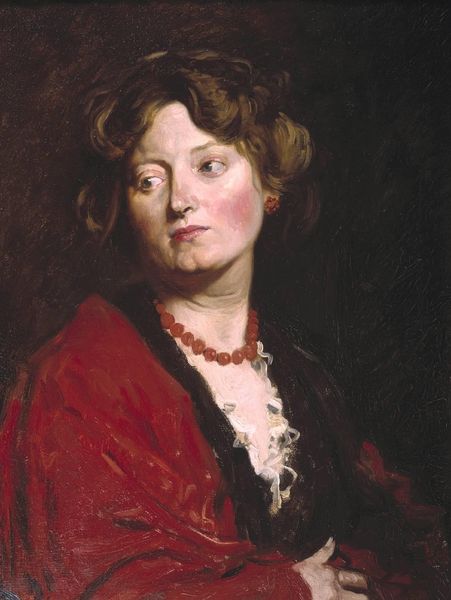
Copyright: Public domain
Edgar Degas made this portrait of a woman using pastels, and it’s a window into the social dynamics of 19th-century France. Degas, known for his depictions of dancers and racehorses, was deeply engaged with the representation of modern life. This portrait, with its soft lines and intimate focus, reflects the growing interest in individual psychology. But it also hints at the institutional structures that shaped artistic production at the time. The woman’s direct gaze challenges the viewer, sidestepping the male gaze that dominated academic art. Degas was part of the Impressionist movement, which questioned the norms of the French Salon system. By using pastels, a medium considered less formal than oil paint, he challenged the established hierarchy of artistic materials. Understanding this work requires delving into the social conditions of the era, exploring the rise of the bourgeoisie, and studying the changing role of women. The work’s meaning, like any work of art, is dependent on its social and institutional context.
Comments
No comments
Be the first to comment and join the conversation on the ultimate creative platform.
